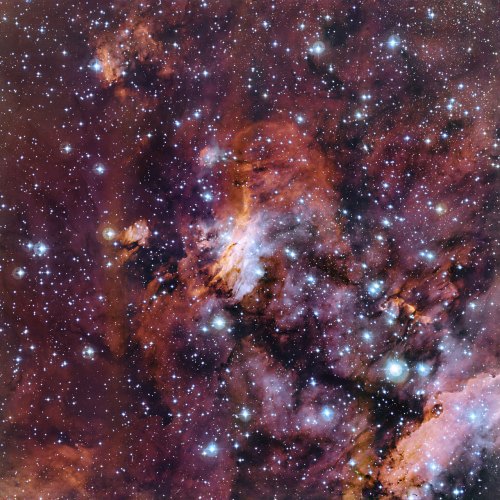The Starship Congress 2015: Interstellar Hackathon is underway today and tomorrow at Drexel University. Videos from the event, including a live feed, are available at the Icarus Interstellar YouTube channel. See the presentation schedule here.
Organized by the Icarus Interstellar group, the event is described as follows:
Starship Congress is the not-for-profit science organization’s biennial international assemblage of recognized interstellar-and-deep space scientists and proponents. The 2nd Starship Congress will be hosted at Drexel University this September 4-5.
With a nod to this year’s University setting and a Hollywood and video game-driven surge in popularity of deep space exploration (“Interstellar”, “Guardians of the Galaxy”, “EVE: Valkyrie”, “Kerbal Space Program 1.0”), Starship Congress 2015 is being subtitled Interstellar Hackathon—featuring talks and presentations centered on hacking the paradigm of interstellar space exploration. Events leading up to the September summit include academic paper submission, poster contest and crowdfunded Kickstarter campaign. Drexel University is home to the first collegiate chapter of Icarus Interstellar.
Starship Congress 2015: Interstellar Hackathon will be built around workshops and punctuated by speakers from the deep space science community over the two-day event. Icarus Interstellar welcomes paper presentation by representatives of aerospace, aeronautics, advanced materials, fission and fusion research fields. Registration for Starship Congress 2015 will open later this week on Icarus Interstellar’s website. A call-for-papers will also be made in May. (Preliminary schedule for the 2-day event is included here below.)
“Two personal reasons for being involved in interstellar studies: Its the most fun and the most significant achievement humanity has undertaken”, notes Dr. Andreas Tziolas, president of Icarus Interstellar. “Icarus’ role is to keep up the pressure by coordinating cutting edge research in a way which is approachable and understandable to everyone seeking to participate. This first ever, Interstellar Hackathon will be as fun as it will be productive, as we challenge participants to think fast and hard about exploring our place in the universe.”
As before, Starship Congress aims to bring the interstellar and deep space science community together in order to foster discussion and generate tangible action. Distinct from the first Starship Congress, the 2015 edition is being structured to quickly break-down status quo approaches in anticipation of reaping new results from looking at old challenges with fresh outlooks.
“Just pulling off Starship Congress 2013 with so many important scientists and thinkers working together was an incredible experience,” says Starship Congress strategic director Mike Mongo, “and one that reaped qualifiable advances in thinking about interstellar space exploration. I am boggling just imagining how that effect will be furthered by Starship Congress 2015’s being staged on a notable university campus like Drexel. We are hacking Starship Congress itself by introducing the benefits and influences of an acclaimed academic setting.”
…
Starship Congress is the premier assemblage of international interstellar proponents and advocacy groups united in the common goal of deep space and interstellar accomplishment. By combining presentation, discussion, and decision, Starship Congress aims to engender and reach consensus of actionable items throughout the interstellar community.
Icarus Interstellar is dedicated to promoting the dream of interstellar flight, a dream springing from the same kernel of Boldness found in the original vision of humans taking flight. Founded as an organization in 2009, Icarus Interstellar became a 501c3 non-for-profit registered in the state of Alaska in 2011.
![PIA11667_500[1]](https://i0.wp.com/hobbyspace.com/Blog/wp-content/uploads/2015/09/PIA11667_5001.jpg?resize=500%2C266)

